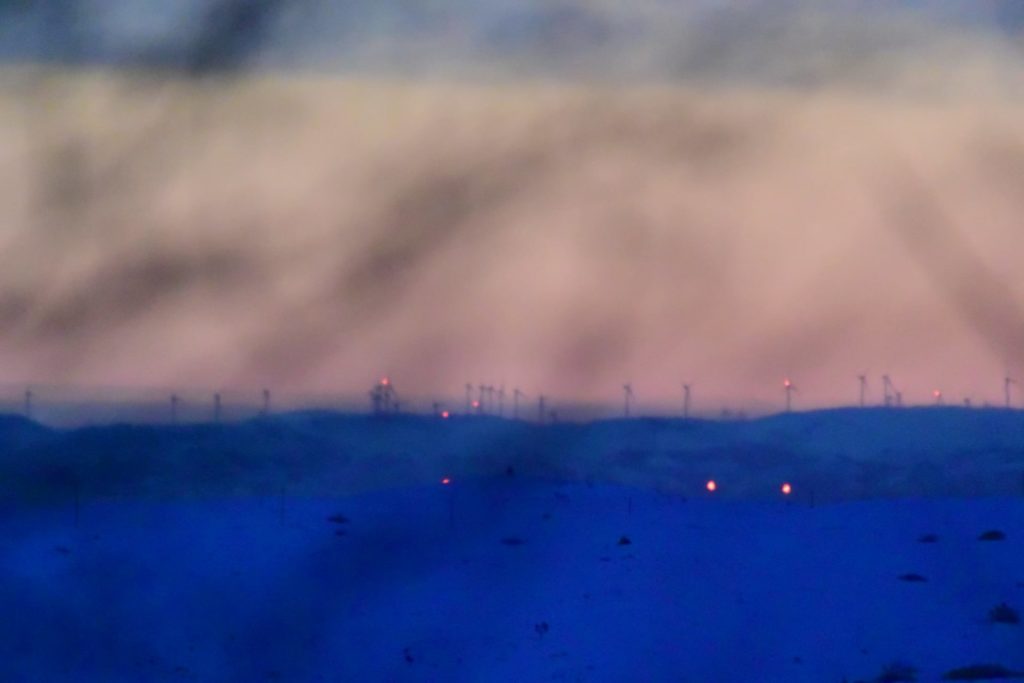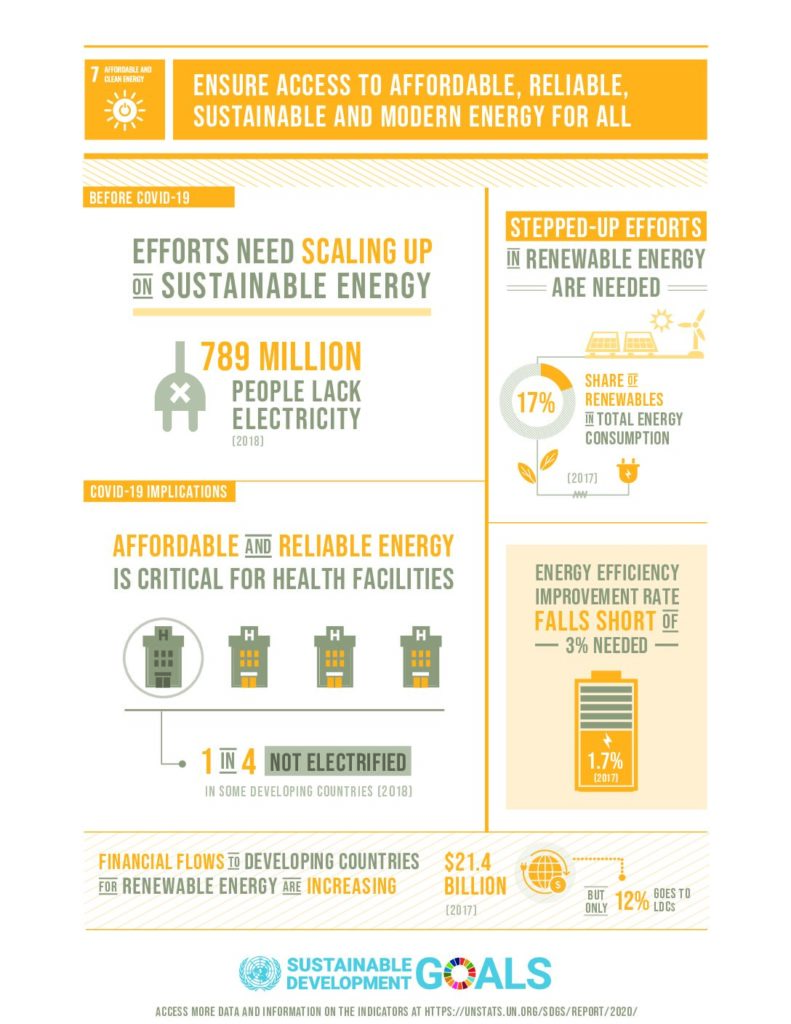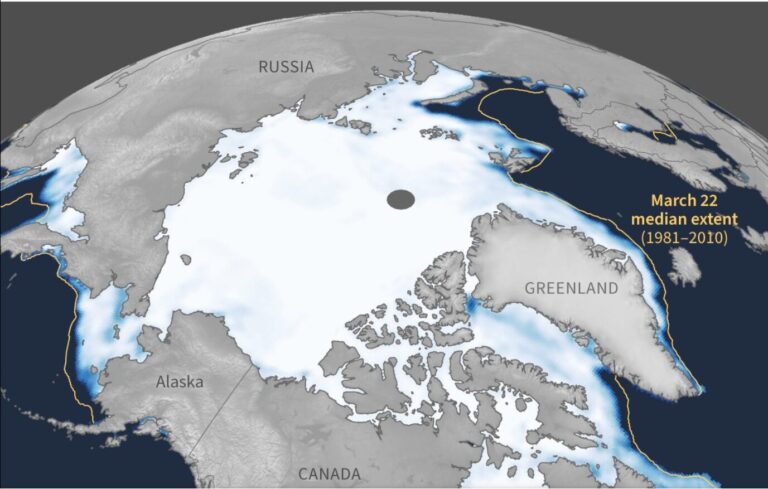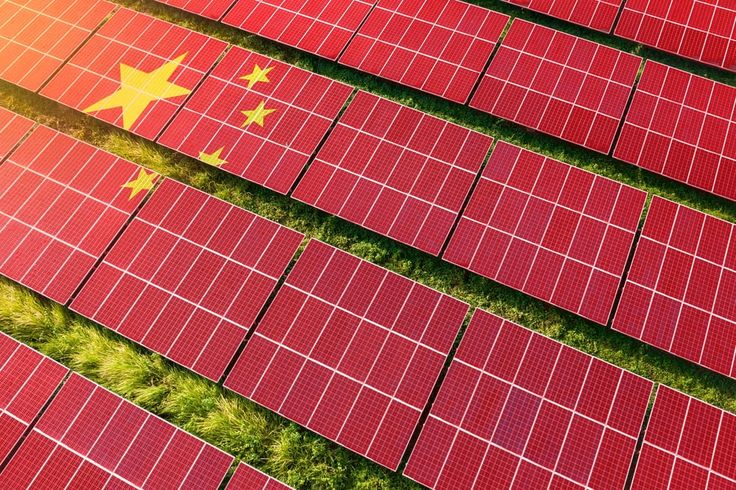
The illegal Storheia wind farm (2020) at Fosen with its 80 turbines is Europe’s largest wind farm.
Seen here to the east, through the kitchen glass and some birch branches before sunrise, 50 km away.
The 5 turbines on the shore are the Valneset wind farm (2007) on Ørland. Inntian in the foreground.
If I thought of stealing electricity to a secret home distillery and was exposed and convicted in Fosen District Court .. for how long would I be allowed to continue to burn and sell my illegal made liquor? Fosen Vind’s turbines, which a unanimous Grand Chamber in the Supreme Court has ruled illegal, spin untiringly further and create income for the owners and the state. The picture below shows the blue hour over Inntian against Storheia and Fosen Vind’s illegal Vestas V117 sore spots, a needle-piercing mockery of democracy.
Photos by Steven Crozier, portraited in this article The Enemy of the People on Frøya.

Solar energy and wind power are the two renewable sources of energy that for the most part will take the place of fossil energy for the world to combat climate change and become more sustainable. However, in Norway,
We cannot afford to destroy nature and our quality of life over wind energy that is not even clean or sustainable.
The most sustainable energy is the one TerraWatt we do not use. In Norway, maybe because we have for a long time been self-sufficient with affordable energy from our hydropower, we are far behind our neighboring countries on energy efficiency, we know what steps to take but politicians and energy entrepreneurs somehow have found it more attractive to exploit wind resources in unspoiled nature.
Secondly, the precious water resources that have served us well for almost a century could be upgraded and potentially give us 20% more effect without sacrificing a single new waterfall.
Thirdly, all buildings could make use of solar panels, another field where we are far behind our neighboring countries. Solar energy does not need extra space, it does not need to be transported, and it can be stored on batteries for use at night.
Soon, even our cars exterior will harvest the sun’s energy as we drive, and as most cars are parked for most of the time, the sun will often be able to charge the car for our next trip.
Electricity forecast: “Globally, renewable electricity capacity is forecast to increase by over 60% between 2020 and 2026, reaching more than 4 800 GW. This is equivalent to the current global power capacity of fossil fuels and nuclear combined.” https://t.co/FXHqGpe9VE
— Helge Drange (@HelgeDrange) December 6, 2021
Updated December 7. 2024 & December 7. 2023 (originally published December 7. 2021)

United Nations Global Goals for Sustainable Development
Goal 7 concerns ensuring access to clean and affordable energy, which is key to the development of agriculture, business, communications, education, healthcare, and transportation.
The world continues to advance towards sustainable energy targets—but not fast enough. At the current pace, by 2030, about 660 million people will still lack access to electricity, and close to 2 billion people will still rely on polluting fuels and cooking technologies.
Our everyday lives depend on reliable and affordable energy. Yet energy consumption is the dominant contributor to climate change, accounting for around 60 percent of total global greenhouse gas emissions.
The proportion of the global population with access to electricity increased from 87 percent to 91 percent from 2015 to 2021.
Ensuring universal access to affordable electricity by 2030 means investing in clean energy sources such as solar, wind, and thermal. Expanding infrastructure and upgrading technology to provide clean energy in all developing countries is a crucial goal that can encourage growth and help the environment.
Why should I care about this goal?
A well-established energy system supports all sectors, from businesses, medicine, and education to agriculture, infrastructure, communications, and high technology.
Access to electricity in poorer countries has begun to accelerate, energy efficiency continues to improve, and renewable energy is making impressive gains. Nevertheless, more focused attention is needed to improve access to clean and safe cooking fuels and technologies for 2.3 billion people.
For many decades, fossil fuels such as coal, oil, or gas have been major sources of electricity production. However, burning carbon fuels produces large amounts of greenhouse gases, which cause climate change and have harmful impacts on people’s well-being and the environment. This affects everyone, not just a few. Moreover, global electricity use is rising rapidly. Without a stable electricity supply, countries will not be able to power their economies.
Without electricity, women and girls have to spend hours fetching water, clinics cannot store vaccines for children, many schoolchildren can not do homework at night, and people cannot run competitive businesses. Slow progress towards clean cooking solutions is of grave global concern, affecting both human health and the environment. If we don’t meet our goal by 2030, nearly a third of the world’s population—mostly women and children—will continue to be exposed to harmful household air pollution.
To ensure access to energy for all by 2030, we must accelerate electrification, increase investments in renewable energy, improve energy efficiency, and develop enabling policies and regulatory frameworks.
COVID-19 response
Lack of access to energy may hamper efforts to contain COVID-19 across many parts of the world. Energy services are key to preventing disease and fighting pandemics – from powering healthcare facilities and supplying clean water for essential hygiene to enabling communications and IT services that connect people while maintaining social
distancing.
789 million people—predominantly in sub-Saharan Africa—are living without access to electricity, and hundreds of millions more have access to very limited or unreliable electricity. It is estimated that only 28 percent of health facilities have access to reliable electricity in sub-Saharan Africa. Yet energy is critically needed to keep people connected at home and to run life-saving equipment in hospitals.
If hospitals and local communities don’t have access to power, this could magnify the human catastrophe and significantly slow the global recovery.
The Special Representative of the UN Secretary-General for Sustainable Energy for All explained why energy access matters during the coronavirus emergency and outlined three ways to respond to the COVID-19 emergency:
- Prioritize energy solutions to power health clinics and first responders;
- Keep vulnerable consumers connected;
- Increase reliable, uninterrupted, and sufficient energy production in preparation for a more sustainable economic recovery.
Read more about the role of energy in COVID-19 response.
Facts and Figures
- 13percent of the global population still lacks access to modern electricity.
- 3 billion people rely on wood, coal, charcoal or animal waste for cooking and heating
- Energy is the dominant contributor to climate change, accounting for around 60 percent of total global greenhouse gas emissions.
- Indoor air pollution from using combustible fuels for household energy caused 4.3 million deaths in 2012, with women and girls accounting for 6 out of every 10 of these.
- In 2016, the share of renewables increased at the fastest rate since 2012, up 0.24 percentage points, and reached almost 17.5 percent owing to rapid growth in hydropower, wind, and solar.
Goal 7 Targets
7.1 By 2030, ensure universal access to affordable, reliable, and modern energy services
7.2 By 2030, increase substantially the share of renewable energy in the global energy mix
7.3 By 2030, double the global rate of improvement in energy efficiency
7.A By 2030, enhance international cooperation to facilitate access to clean energy research and technology, including renewable energy, energy efficiency, and advanced and cleaner fossil-fuel technology, and promote investment in energy infrastructure and clean energy technology
7.B By 2030, expand infrastructure and upgrade technology for supplying modern and sustainable energy services for all in developing countries, in particular least developed countries, small island developing States, and land-locked developing countries, in accordance with their respective programs of support
Links
Sustainable Energy for All initiative
UNIDO Energy and Climate Change
International Renewable Energy Agency






26 Comments
Pingback: Motvind Norge reports the management and owners of the Storheia and Roan wind power plants in Fosen - Bergensia
Pingback: http://astral-pro.com/go?https://phforums.co.za/
Pingback: ส่งsms
Pingback: faw99 สล็อต
Pingback: blote tieten
Pingback: pop over to this web-site
Pingback: Fire Hazard Inspection Tampa
Pingback: sex loạn luân
Pingback: best cbd disposable vape pen uk
Pingback: ป้ายอัฐิ
Pingback: YINDEE LOTTO
Pingback: lucabet
Pingback: เช่าตู้เกมส์
Pingback: rca77
Pingback: SLOT 777 เว็บสล็อตของลิขสิทธิ์แท้
Pingback: Exit Scam
Pingback: pastillas para dormir norcid
Pingback: ufa888 เดิมพันได้ครบวงจร
Pingback: เว็บไทเกอร์ เปิดบริการแทงหวยออนไลน์
Pingback: รับเขียนแบบบ้าน
Pingback: Mostbet
Pingback: big bass splash
Pingback: วัดสายตา
Pingback: รองเท้าเซฟตี้
Pingback: บาคาร่า ufa11k
Pingback: click here